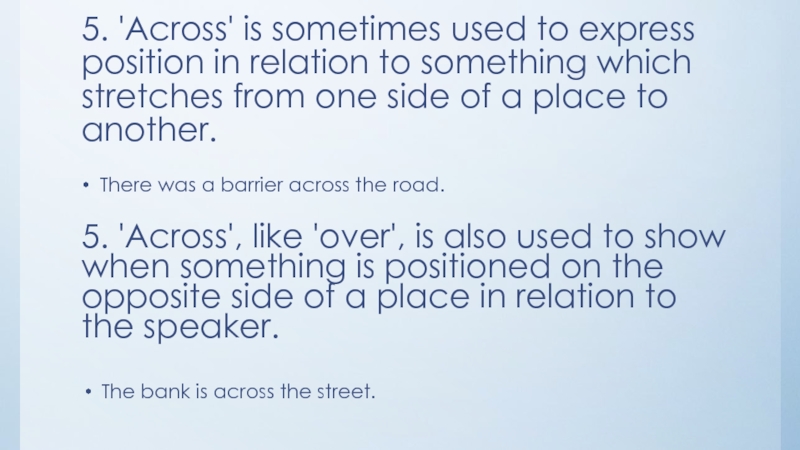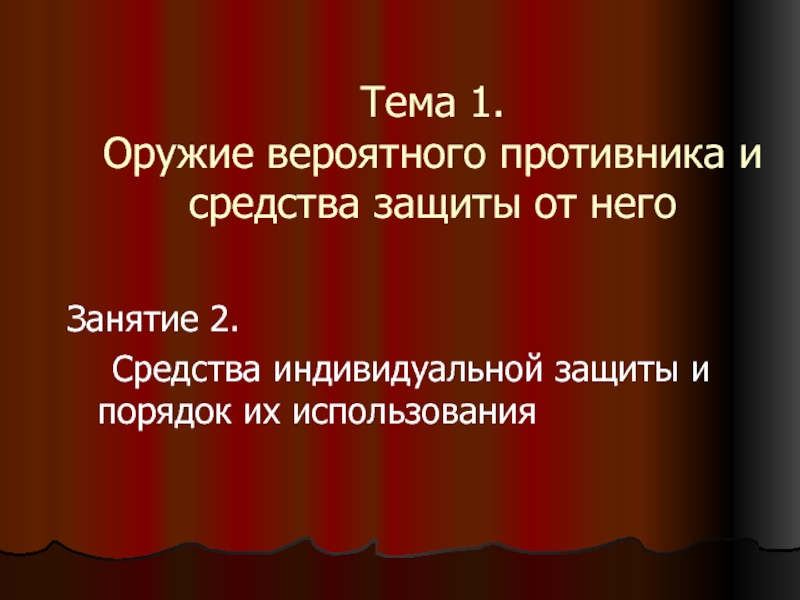or event.
I’m travelling to Spain next week.
I need to go
to the bank.2. We also use 'to' for movement towards a person or group of people.
He came up to me and started a conversation with me.
To, towards
































